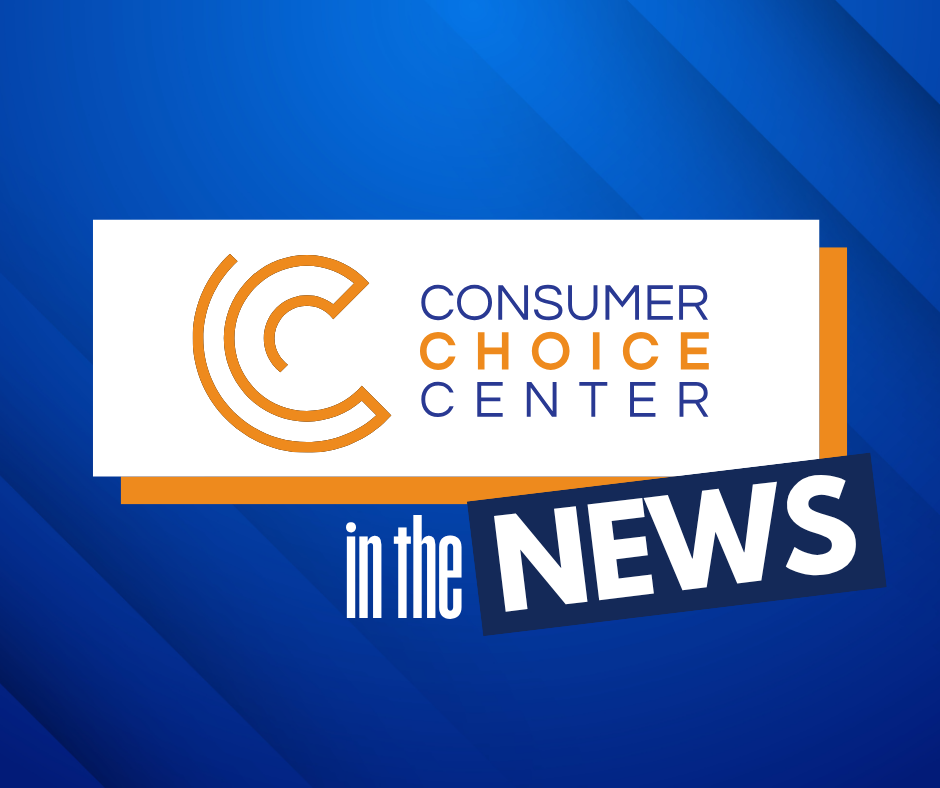Cirujano general Vivek Murthy lanzó una bomba en el debate nacional sobre redes sociales Reglamento el miércoles con un artículo de opinión. vocación que el Congreso coloque etiquetas de advertencia sanitaria en las aplicaciones de redes sociales. Esto marca un cambio radical en la actitud amarga del gobierno federal hacia las redes sociales en un momento en que los estados están aprobando sus propias leyes sobre algoritmos de redes sociales y características de aplicaciones destinadas a proteger a los menores en línea.
El Congreso no debería aceptar el llamado del cirujano general de etiquetar las redes sociales como cigarrillos y alcohol. Las redes sociales claramente afectan las vidas y el desarrollo de los jóvenes de muchas maneras, pero la expansión de las etiquetas de advertencia al ámbito de los resultados de salud mental en línea tiene una carga subjetiva y política.
El llamado a la acción de Murthy afirma que “las redes sociales están asociadas con importantes daños a la salud mental de los adolescentes. Una etiqueta de advertencia del cirujano general, que requiere la acción del Congreso, recordaría periódicamente a padres y adolescentes que no se ha demostrado que las redes sociales sean seguras”.
Esta línea por sí sola plantea algunas preguntas serias sobre el ángulo que está adoptando el principal médico del país para evaluar qué productos merecen etiquetas de advertencia. Un producto de cualquier tipo que "se ha demostrado que es seguro" es diferente de que "se ha demostrado que es peligroso". Es el mismo marco que “inocente hasta que se demuestre lo contrario” y al revés.
Las conclusiones de Murthy alinear con el autor Jonathan Haidt, cuyo libro La generación ansiosa ha estado atrayendo atención nacional desde su lanzamiento en abril. Ambos coinciden en que Washington “No puedo esperar por la certeza”cuando se trata de colocar etiquetas de advertencia en aplicaciones de redes sociales.
Haidt y Murthy eluden las recomendaciones sobre cómo sería una etiqueta de advertencia cuando se trata de redes sociales y qué aplicaciones o plataformas calificarían. Varias propuestas de regulación de redes sociales en el Congreso han dirigido la regulación hacia plataformas con bases de usuarios particularmente grandes, al tiempo que eximen a los jugadores más pequeños. Otros han creado excepciones para aplicaciones impulsadas por funciones de mensajería directa, creando espacio para aplicaciones híbridas de mensajería social como Snapchat. para evitar la regulación afectando a sus competidores.
¿La etiqueta irá en el logotipo de la aplicación en la página de inicio de su dispositivo? ¿Aparecerá la etiqueta cada vez que abras la aplicación o solo una vez al crear una cuenta? El cirujano general parece dejar esto en manos del Congreso para decidir, junto con cualquier métrica sobre qué plataformas califican como las redes sociales responsables de la mala salud mental de los jóvenes.
No es una pregunta insignificante. ¿Discord cuenta como red social, o son Facebook e Instagram el estándar de diseño mediante el cual el Congreso legislaría las etiquetas en estas aplicaciones? Es dudoso que el Congreso ignore la subcultura política de diferentes aplicaciones al considerar cuáles considera perjudiciales para la salud pública.
Los demócratas del Congreso no llegaron a forzar la venta de TikTok por parte de ByteDance en los Estados Unidos basándose en el efecto de la aplicación en la salud mental de sus usuarios. cual es sospechoso, sino que fueron motivados por preocupaciones de seguridad nacional.
Cuando eliminas los diseños de varias plataformas de redes sociales, así como los algoritmos, te quedas con plataformas que simplemente conectan a las personas entre sí. Existe un motivo real de preocupación de que esto pueda servir como métrica para las “redes sociales”, agrupando a TikTok, Pinterest, WhatsApp, X y LinkedIn en la misma categoría. Para evitar la etiqueta de advertencia, las empresas de tecnología ofrecerían menos características de diseño únicas y experiencias seleccionadas utilizando algoritmos.
También se podría ver un futuro en el que las empresas de redes sociales acepten la etiqueta de advertencia para poder tratarla como un nuevo costo de hacer negocios y estar protegidas de cualquier responsabilidad futura por el daño causado a los usuarios. La etiqueta impuesta por el gobierno crea un escudo para las empresas y hace poco para informar a los padres de niños que utilizan las redes sociales más de lo que ya saben.
Los usuarios habituales de las redes sociales tienen pocas dudas de que estas aplicaciones crean ciertos niveles de estrés y ansiedad que no aparecían en masa antes de 2010, cuando las redes sociales se generalizaron. Para padres y educadores, la distracción y la adicción que las redes sociales suponen para los niños son ya conocidos motivos de preocupación. Una etiqueta de advertencia no va a cambiar la dinámica. Sin embargo, tropezará con el favoritismo político y el sesgo basado en qué electores prefieren qué aplicaciones.
Consideremos la cultura política de TikTok, el elefante en la sala de esta conversación. ¿Están dispuestos los demócratas y republicanos a mantener una conversación sincera sobre qué tendencias de salud mental, específicamente, ¿les resulta tan preocupante en estas plataformas de redes sociales?
Las redes sociales no son un equivalente de salud pública a fumar cigarrillos. Lo que los consumidores necesitan es pensar de manera innovadora sobre estos desafíos, no “copiar y pegar” estrategias desde la década de 1960.
Publicado originalmente aquí


